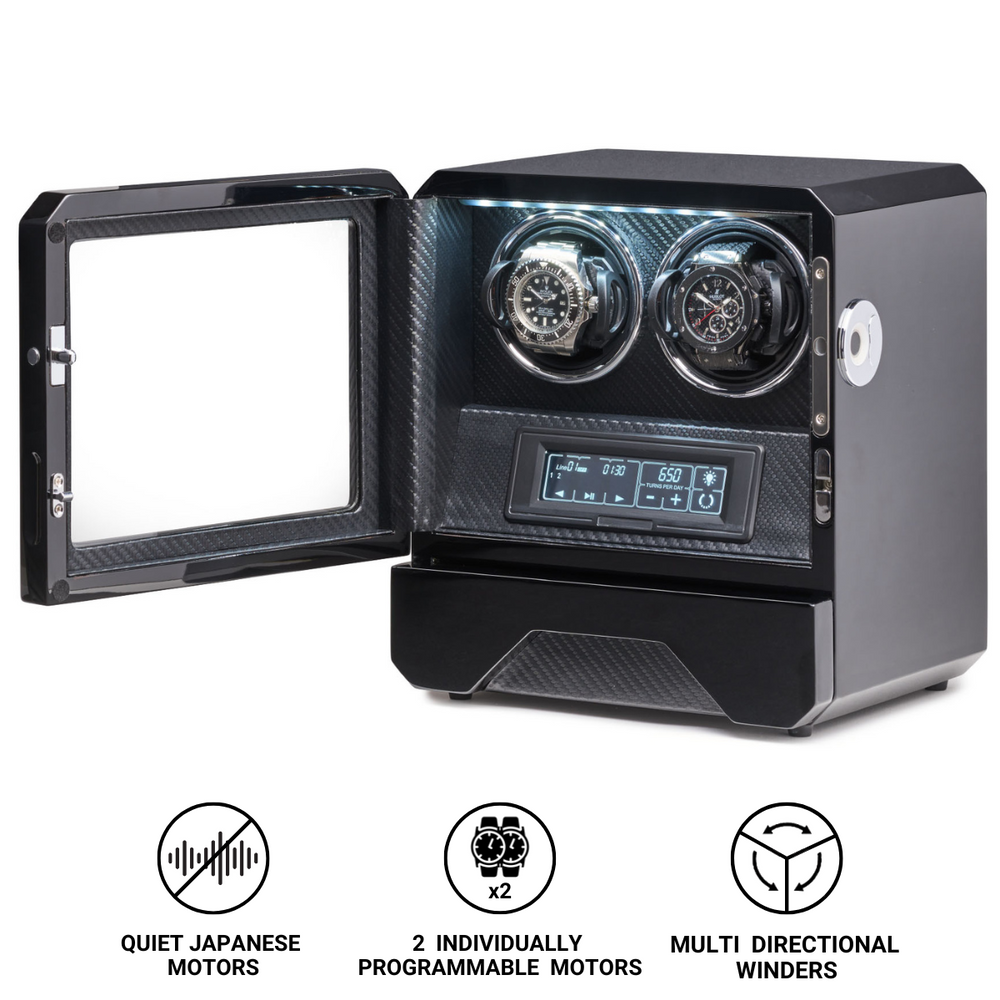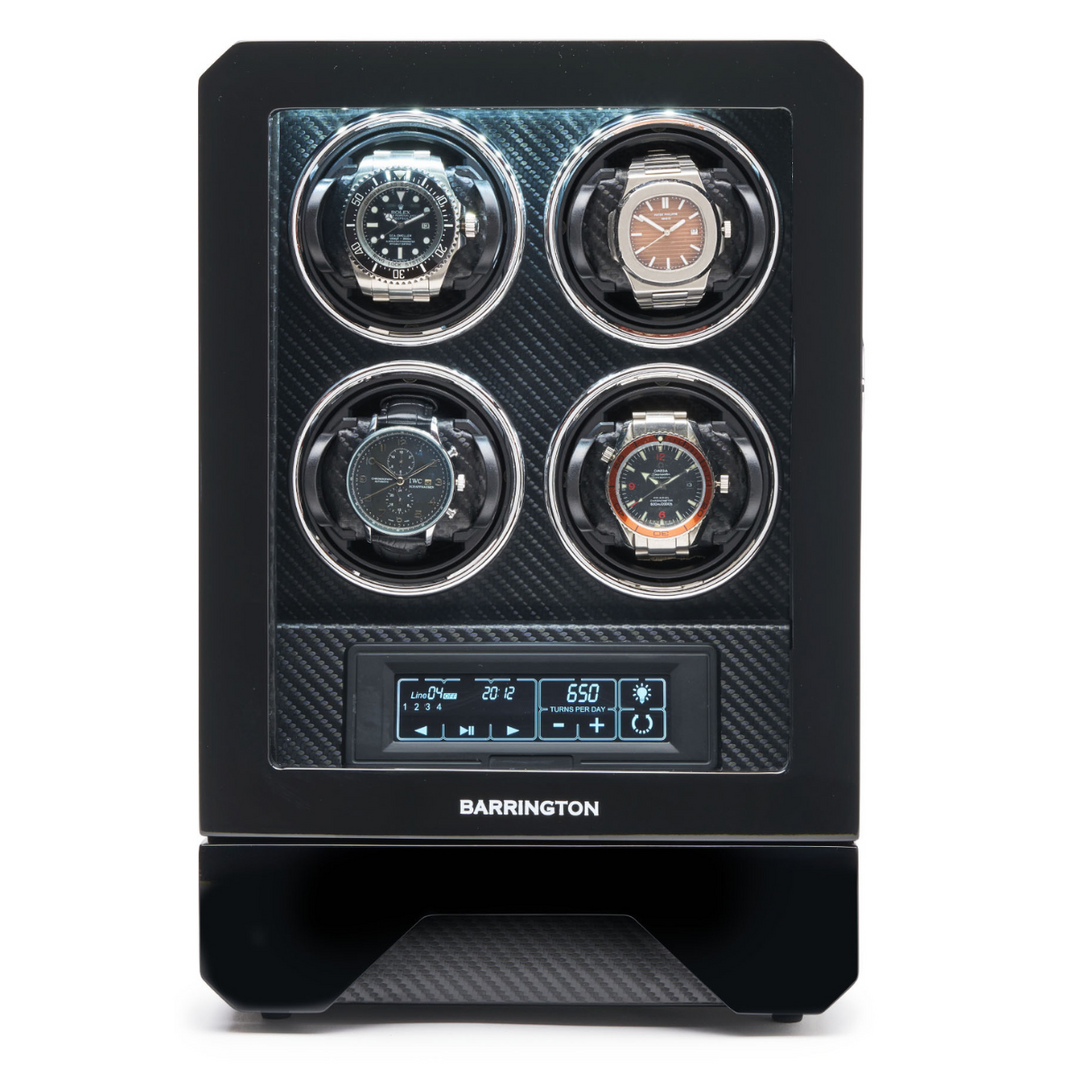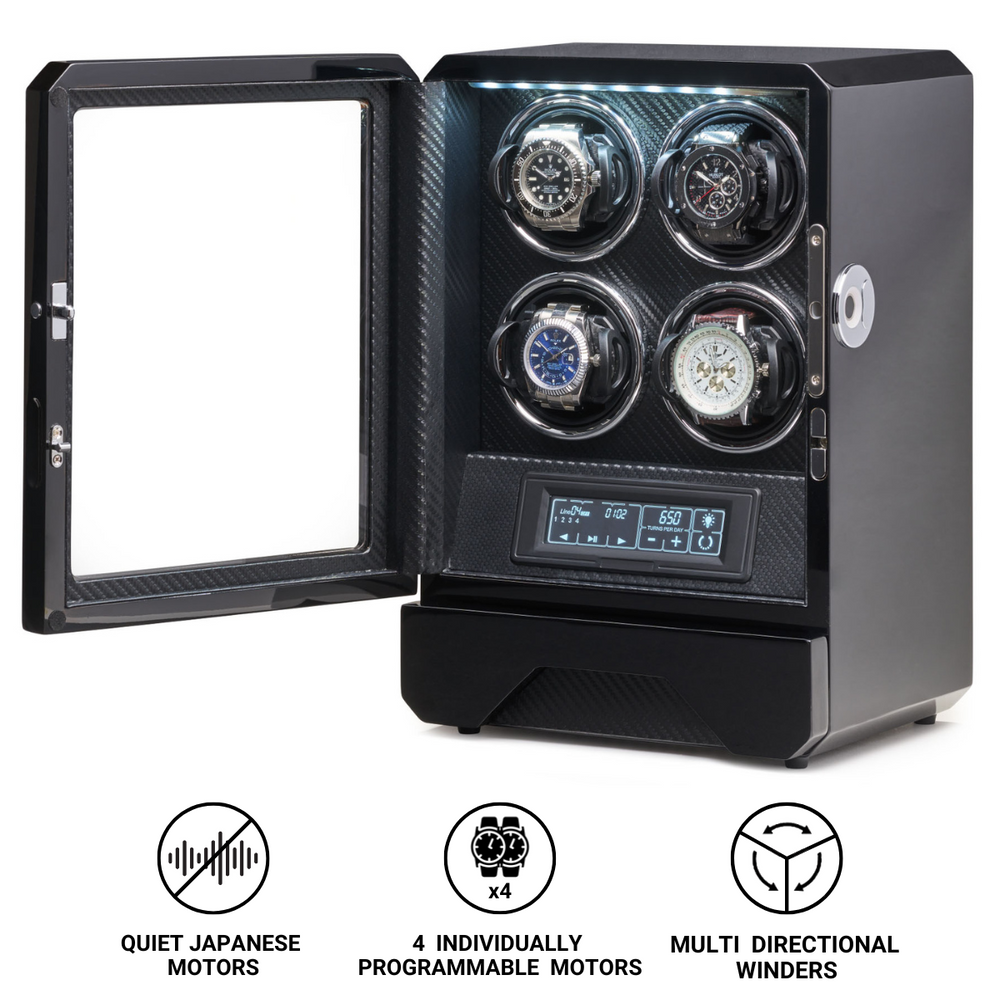What is Dial?
The dial is often described as the face of a watch, the element that most immediately captures the eye and defines the character of a timepiece. Beyond simply displaying the time, the dial is the primary interface between the wearer and the watch’s mechanical heart. It serves as a canvas for artistry, craftsmanship, and functionality, where design meets precision engineering.
From minimalist Bauhaus-inspired displays to elaborately decorated guilloché surfaces, the dial reflects the personality of the watch and the philosophy of its maker. It communicates emotion, purpose, and heritage, transforming the measurement of time into a visual experience. Understanding the anatomy, history, and artistry of the watch dial offers a deeper appreciation of horology as both a science and an art form.
The Historical Development of the Watch Dial
The earliest timekeeping devices, such as sundials and mechanical clocks, used simple graduated surfaces to indicate hours and minutes. As portable timepieces emerged in the 16th century, early watch dials were handcrafted from materials like silver, enamel, and brass. These early examples were often engraved or painted by artisans and featured only a single hour hand, as mechanical accuracy had yet to advance enough to warrant minute indicators.
By the 17th and 18th centuries, the introduction of the minute hand and later the seconds hand led to more complex dials. Enamel became the dominant material, prized for its luminous white background and resistance to tarnish. Watchmakers also began experimenting with numerals, markers, and subsidiary dials to enhance legibility and display additional information such as moonphases, calendars, or power reserve indicators.
In the 19th and early 20th centuries, the rise of industrial production allowed for greater consistency in dial manufacturing. Techniques such as printing, guilloché engraving, and galvanic finishing emerged, leading to the variety of textures and colours that define modern watch dials. The 20th century, particularly from the 1930s onward, marked the beginning of the dial as a design statement. Brands began developing distinctive styles that became instantly recognisable signatures, such as Rolex’s Oyster Perpetual, Omega’s Constellation, and Patek Philippe’s Calatrava.
The Structure and Composition of a Watch Dial
A watch dial is far more complex than it appears. Beneath its elegant surface lies a carefully engineered structure designed to ensure precision, durability, and clarity.
The typical dial consists of a base plate, often made from brass or aluminium, upon which various decorative and functional layers are applied. These include coatings, engravings, markers, and apertures for complications. The base plate must be perfectly flat and dimensionally stable to prevent distortion or interference with the hands and movement.
The dial is affixed to the movement with feet that are soldered or riveted to the underside and secured with screws or clamps. Every detail, from the placement of indices to the thickness of applied numerals, is measured with microscopic precision. Even the smallest misalignment can disrupt legibility or interfere with hand clearance.
Dial Materials and Finishing Techniques
The material and finishing of a dial greatly influence a watch’s visual identity and tactile quality. Over centuries, watchmakers have experimented with a wide range of materials, from traditional metals to exotic composites.
Common materials include:
-
Brass
The most widely used base material for modern dials, brass provides strength, malleability, and excellent surface uniformity. It is easy to stamp, engrave, and finish, making it ideal for large-scale production. -
Enamel
A classic choice for high-end timepieces, enamel dials are created by fusing powdered glass to a metal substrate at high temperatures. The result is a glossy, translucent surface that never fades or discolours. Techniques such as grand feu, cloisonné, and champlevé enamel require exceptional skill and precision. -
Lacquer and Paint
Used extensively in contemporary designs, lacquer coatings can achieve vibrant colours and smooth finishes. Multiple layers are often applied and polished to create depth and gloss. -
Mother-of-Pearl
Harvested from the inner lining of shells, mother-of-pearl provides a natural iridescence and unique texture. No two pieces are identical, adding individuality to each watch. -
Stone and Gem Dials
Some luxury brands use materials like onyx, malachite, lapis lazuli, or meteorite to craft dials with striking natural patterns. These materials are difficult to work with, requiring precise cutting and polishing to achieve uniform thickness. -
Carbon, Ceramic, and Sapphire
In modern sports and technical watches, advanced materials are increasingly popular for their durability and distinctive aesthetic. Sapphire dials, for instance, are transparent, allowing a clear view of the movement beneath.
Finishing techniques play a vital role in defining the dial’s texture and light behaviour. Popular finishes include sunburst brushing, circular graining, sandblasting, and galvanic plating. Guilloché engraving, performed either by hand or machine, produces intricate geometric patterns that catch light beautifully. Each finish requires a different combination of skill, machinery, and artistry.
The Elements of Dial Design
A watch dial is composed of several key elements, each serving both aesthetic and functional purposes. Together, they form the visual language through which the watch communicates time and identity.
Numerals and Markers
Numerals can be Arabic, Roman, or applied indices, depending on the watch’s style. They may be printed, painted, or crafted from metal and attached individually to the surface. Applied markers, especially in precious metal, add dimension and refinement. Luminescent coatings, such as Super-LumiNova or tritium in earlier watches, allow visibility in darkness.
Hands
The hands are central to the dial’s functionality and must complement its design. Styles such as dauphine, leaf, sword, or baton hands can dramatically alter a watch’s character. The colour and finish of the hands must contrast with the dial to ensure clear legibility while maintaining visual harmony.
Logos and Text
Brand logos, chronometer certifications, and depth ratings are often printed or applied to the dial. The typography used is part of a brand’s identity and must balance with other design elements. The placement of text also follows strict conventions to preserve symmetry and proportion.
Sub-Dials and Complications
Chronographs, moonphases, and calendar indicators require sub-dials or apertures. These are carefully positioned to maintain aesthetic balance while ensuring that each function remains readable. The layout of complications is an art form in itself, often determining the overall character of the timepiece.
Chapter Rings and Scales
The outer ring of the dial, known as the chapter ring or minute track, provides reference for precise reading of seconds or minutes. It can be printed directly onto the dial or raised as a separate component. In technical or tool watches, additional scales such as tachymeters or telemeters are incorporated for measurement functions.
The Art of Legibility and Aesthetics
A successful dial design achieves a delicate balance between beauty and functionality. It must be visually appealing yet clear enough for immediate time reading. Legibility depends on contrast, proportion, and spatial arrangement. For example, a dark dial with polished hands may look elegant under controlled lighting but become difficult to read in dim conditions.
Luxury watchmakers often invest years refining these details. The angle of the hands, the height of the indices, and even the thickness of the printing ink are carefully calibrated. The dial must also interact harmoniously with the case, bezel, and crystal, ensuring that reflections and distortions do not interfere with readability.
Minimalist designs, such as those found in Bauhaus-inspired watches by Junghans or Nomos, rely on purity and clarity. In contrast, haute horlogerie pieces by Breguet, Vacheron Constantin, or A. Lange & Söhne celebrate ornamentation, employing guilloché, enamel painting, or relief engraving to transform the dial into a work of art.
The Manufacturing Process
Producing a dial requires a combination of mechanical precision and manual artistry. The process begins with a thin metal blank, which is stamped or cut to the exact dimensions. Apertures for complications, markers, and date windows are milled with microscopic accuracy.
Next comes the surface finishing, which may include brushing, plating, or engraving. If the dial is to be coated or enamelled, multiple layers are applied and cured between each stage. In the case of guilloché dials, a skilled artisan uses a rose engine to carve intricate patterns by hand, a process that can take hours for a single piece.
After the base surface is complete, the indices, numerals, and logos are added. Printing is performed with pad or screen techniques using durable inks designed to withstand decades of exposure. Applied markers are individually placed and fixed by hand using precision tools under magnification.
Finally, the dial undergoes inspection to ensure perfect alignment, colour consistency, and surface uniformity. Only after passing these rigorous quality controls is the dial attached to the movement and case.
Innovations and Trends in Modern Dials
The 21st century has brought new technologies and creative possibilities to dial design. Advances in microfabrication, laser engraving, and 3D printing have enabled unprecedented levels of detail and experimentation.
Skeletonised dials, for instance, expose the movement beneath, celebrating the mechanical artistry of the watch. Transparent sapphire or smoked glass dials create a sense of depth and modernity, while gradient or fumé finishes offer dynamic transitions of colour that change with lighting.
Materials science has also expanded the possibilities. Ceramic, carbon fibre, and even recycled ocean plastics are now used in dial construction, reflecting growing environmental awareness. Some brands, such as H. Moser & Cie. and Grand Seiko, have pushed the boundaries of texture and light, creating dials that shimmer, ripple, or evoke natural phenomena like water or snow.
The Emotional and Symbolic Role of the Dial
The dial is the emotional centre of a watch. It is the surface the wearer engages with every day, the place where craftsmanship meets personal connection. A well-designed dial can evoke nostalgia, authority, serenity, or adventure. It tells a story about the watchmaker’s intent and the era in which it was created.
Collectors often form emotional attachments to specific dials, whether it is the tropical patina of a vintage Rolex Submariner or the intricate enamel artistry of a Patek Philippe. The dial is where time becomes tangible, transforming mechanical function into a visual and emotional experience.
Conclusion
The dial is far more than a decorative face. It is the living interface of a watch, the bridge between movement and meaning. Through centuries of evolution, it has become a medium of artistic expression and technical excellence, embodying the harmony between precision engineering and aesthetic beauty.
From the luminous simplicity of a tool watch to the elaborate craftsmanship of haute horlogerie, every dial reflects the soul of its maker. It is a testament to the enduring relationship between time and design, reminding us that the essence of a great watch lies not only in how it measures time but in how it makes us see and feel it.









